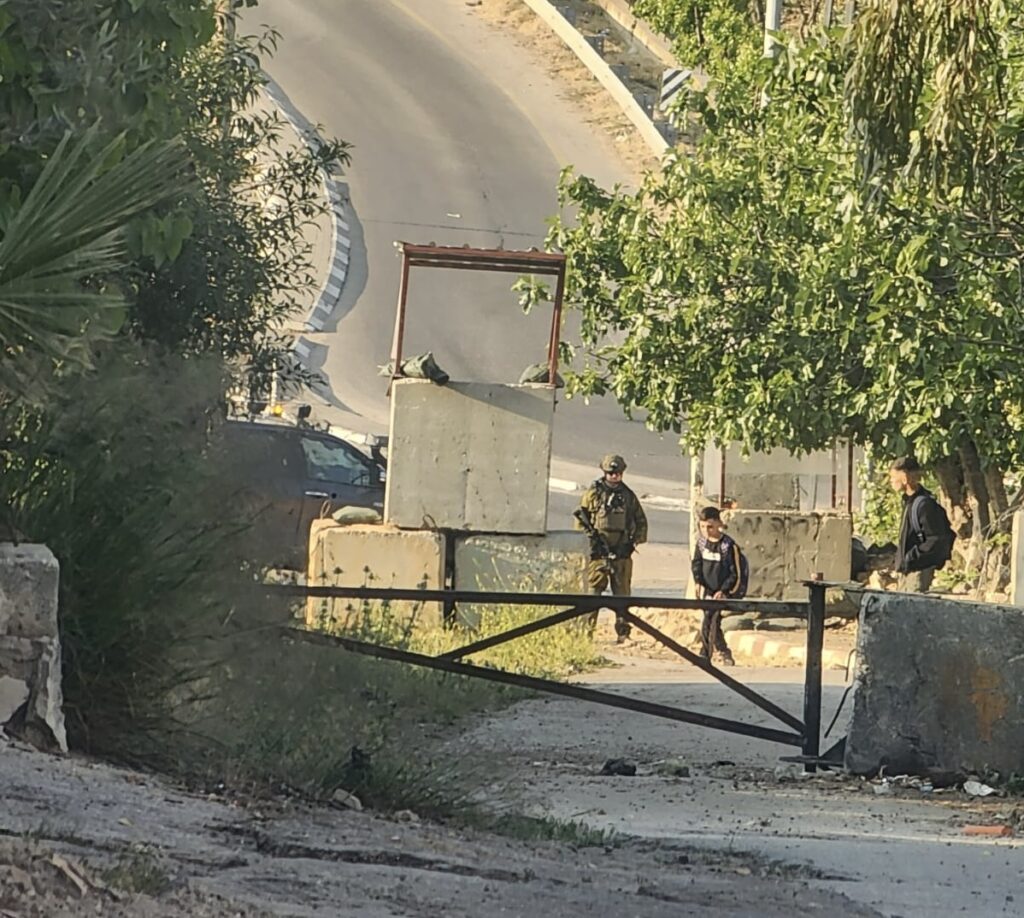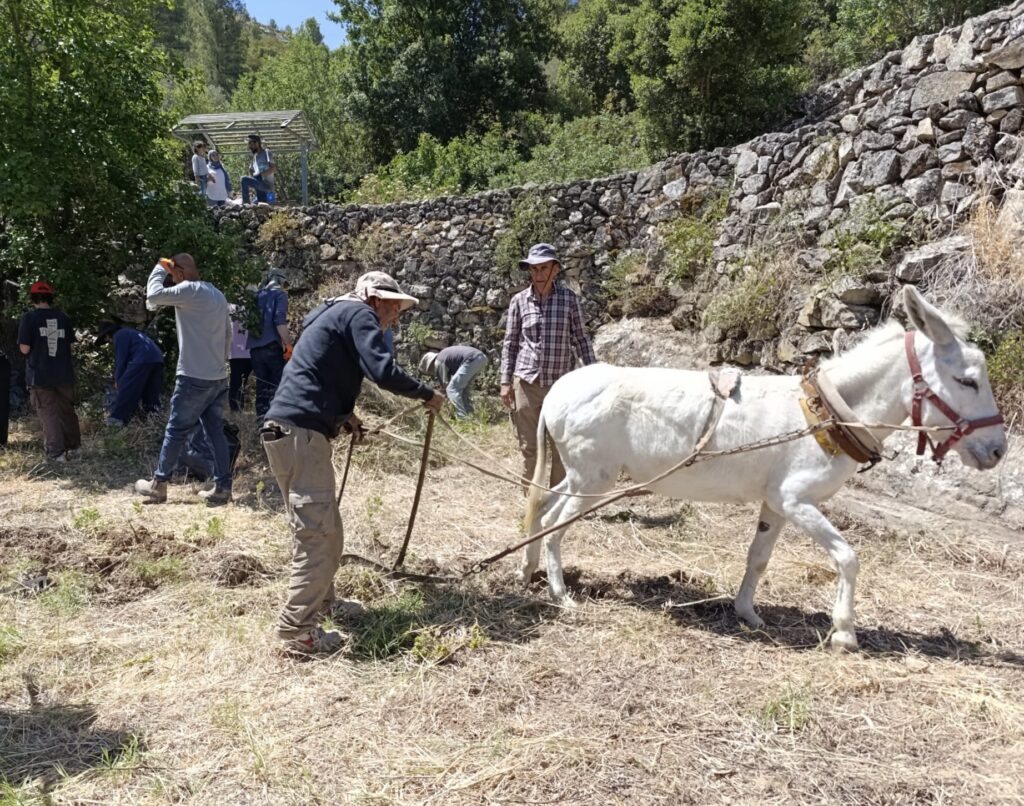Aug 12 2025
Blog by Melanie Nazareth
I have recently returned from almost three months of monitoring human rights, providing protective presence and witnessing life under military occupation in the Palestinian West Bank with the Ecumenical Accompaniment Programme in Palestine and Israel . The experience has challenged me to look at peace through a different lens, robustly rooted, as is EAPPI, in human rights rather than partiality. What I write are my personal thoughts and words, and not official statements of the programme.

The West Bank, which includes East Jerusalem, is not what we think of when we think war zone, but as the Red Cross reminds us, occupation is a type of international armed conflict according to International Humanitarian Law (IHL) . And that was the reality of we saw and heard about. Every day was marked by the presence and actions of the occupying army – present as children went to school , entering and searching homes at night , carrying out home demolitions , manning checkpoints and roadblocks, and accompanying settlers – including during incidents when they were perpetrating violence on unarmed Palestinian communities.
The purpose of IHL is to provide some limit to the way wars are pursued and to provide some basic protections to civilian populations in situations of armed conflict including military occupation. It sits alongside Human Rights Law (HRL) which applies both in wartime and in peacetime. The provisions of these two internationally accepted sets of laws are rooted in a common understanding and agreement about the dignity of all human beings and the rights and protections that flow from this. Whilst these rules do not bring about peace in themselves, violations of them make peace building more difficult.
The breadth and depth of violations of international law taking place in the West Bank is extensively documented by by Israeli and Palestinian human rights and peace organisations such as Yesh Din , Al Haq and B’Tselem . They have profoundly damaging effects on everyone, not only materially but also psychologically. An old woman participating in a women’s group said to us “I remember 1967 when we fled our homes, we suffered so much” to which another, visibly upset, added “We still suffer ongoing nakbas”. [Nakba is an Arabic word meaning catastrophe – used by Palestinians to describe the mass displacement of their people to create the state of Israel in 1948, and 1967 is the Six-day War that resulted in the military occupation of Palestine].

During a visit to Bethlehem University, a student told us “Most of us have internal trauma inbuilt, most of us have PTSD and panic attacks, but we have got so used to it that we have normalised it: we were born under this situation.” And as the human rights violations escalate in frequency and intensity, something we were able to observe even within the limited time we were there, young children are increasingly scarred by what is happening around them. A representative of the Ministry of Education told us that in the West Bank they are seeing increasing numbers of children asking for more locks and bolts on the door and children returning to sleep in their parents beds. One parent shared that their child said “you should have more children so if they kill me you won’t be so sad.”

All of this makes the task of building peace much more complex, but not impossible. We can be agents of change.
Peace is not about the absence of warfare, it’s not about removing the tanks and missiles, although both are necessary precursors. Biblical notions of peace – of shalom and eiréné – are rooted in taking action to restore a broken situation and to bring about a state of wholeness and completeness. Peace is about justice.
The peace pilgrimage, the act of walking, you are undertaking, embodies this. But the big question is: what is your next step?
